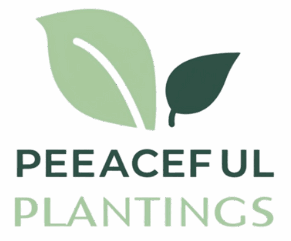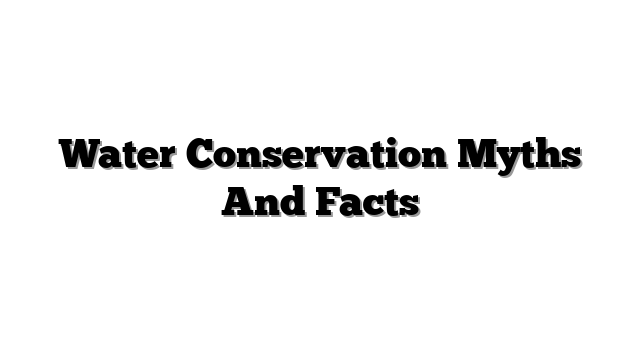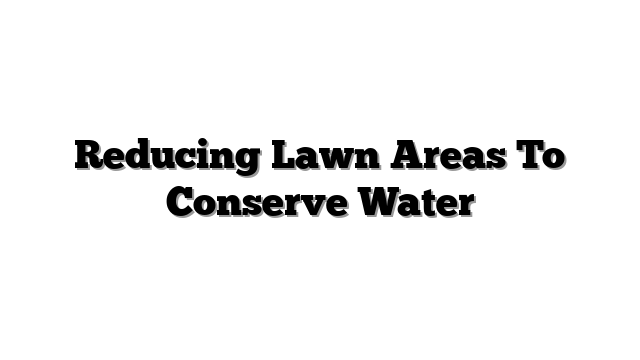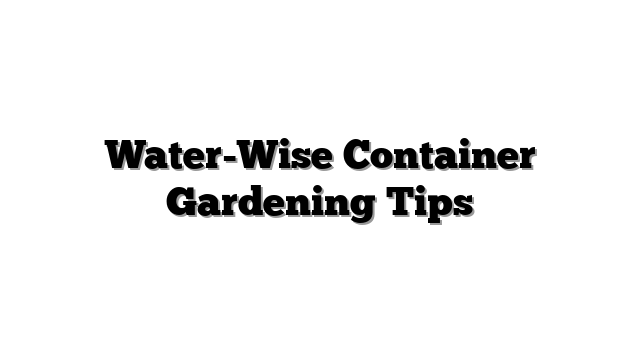Scheduling Irrigation For Efficiency
Scheduling Irrigation for Efficiency: The 2025 Water-Wise Guide
Knowing when plants need water is tricky. Too much water hurts roots. Not enough water makes plants weak. This wastes water. Your water bill goes up. Healthy plants need careful watering. Saving water helps the planet. Smart watering saves money too. We call this efficient irrigation. It means giving plants the right water. They get it at the right time. This guide helps home gardeners. We will learn smart watering. It makes plants happy. It saves precious water. We talk about plant needs. We check the soil. We look at watering tools. New garden tech helps a lot. This guide gives you the plan. You will water like a pro.
More Than Just Wet Soil: The Crucial Role of Efficient Watering
Water does more than wet dirt. It keeps plants alive. Proper watering builds strong plants. Their roots grow deep. Deep roots find more water. Bad watering causes big problems. Too much water makes roots rot. Plants get sick easily. Leaves turn yellow or brown. Not enough water makes plants wilt. Leaves droop and dry out. Growth stops completely. Plants can even die. Consistent water is important. It helps plants stay healthy. This is key for plant health.
Saving water matters greatly. Our climate changes. Water can be scarce. Using less water helps everyone. This is water conservation gardening. We use only what plants need. We do not waste a single drop. This helps the environment. It is a good practice.
Efficient watering saves money. Your water bill gets lower. Wasting water costs you cash. Smart watering cuts these costs. It helps your budget. It is a simple step.
This kind of watering is sustainable. Sustainable gardening helps nature. It uses resources wisely. Water-wise gardening is part of this. It protects water sources. We can all garden this way. It is good for us. It is good for Earth. Healthy root systems need smart watering. Efficient watering techniques are needed. Water conservation gardening is vital now. Sustainable gardening uses less water. Water bill reduction is a nice bonus. Watering needs change often.
Decoding Your Garden: What Determines Your Plant’s Watering Schedule?
Every plant is different. They need different water amounts. Plant watering schedule is not fixed. It depends on many things.
Think about plant types. Native plants need less water. They grow in dry places naturally. Vegetables need more water. They grow fast and make food. Flowers have different needs too. Big plants need more water. Small plants need less. Young plants need water often. Their roots are small. Old plants have deep roots. They find water better. Watering needs vary a lot.
Soil type is super important. Sandy soil drains very fast. Water runs through quickly. Plants dry out quickly. Clay soil holds water tightly. Water sits around roots. This causes root rot. Loam soil is the best. It holds water well. It also drains extra water. Check your soil type. Feel it in your hand. Assess soil moisture often.
Weather patterns change needs. Hot sun dries soil fast. Wind takes water from leaves. This is called evapotranspiration. Humid air means less water loss. Cool days mean less water needed. Rain means you water less. Check the weather forecast. Adjust your watering plan. Evapotranspiration happens all day. Weather patterns affect watering needs.
Where you plant matters too. Sunny spots dry out faster. Shady spots stay wet longer. Slopes lose water quickly. Water runs downhill. Containers dry out very fast. They have less soil. Check containers daily. Native plants need less water. Soil type changes watering. Soil moisture tells you when. Evapotranspiration takes water away. Weather patterns guide you. These are good gardening tips. Watering needs depend on location.
Skip the Guesswork: Reliable Ways to Check Soil Moisture
Do not guess about watering. Plants cannot tell you directly. We must check the soil. This tells us if they are thirsty. Assess soil moisture regularly.
The finger test is simple. Push your finger into the soil. Go down about two inches. Is it dry there? Water your plants. Is it wet or damp? Wait to water. This is a reliable test. Soil moisture is key.
Moisture meters can help. These are small tools. You stick the probe in soil. It gives a number. The number shows moisture. They give an objective reading. They help check soil moisture deeply.
Look at your plants closely. They show you signs. Wilting leaves mean no water. Leaves droop and look sad. This is an underwatering sign. Yellow leaves can mean too much water. Soggy soil is also a sign. This is an overwatering sign. These signs are late warnings. Check soil before plants look bad. Watering needs should be met before wilting.
Lift smaller pots. Does the pot feel light? It needs water. Does it feel heavy? It has enough water. This works well for containers.
Do not water just by the calendar. Tuesday watering might be wrong. It depends on soil moisture. It depends on the weather. Base your plan on conditions. Not just fixed dates. Soil moisture is the best guide. Underwatering signs mean act fast. Overwatering signs mean stop watering. Gardening tips include checking soil. Watering needs change. Plant health depends on checks.
Water Smarter, Not Harder: Choosing the Right Irrigation Methods
How you water matters a lot. Deep watering is best. Water goes deep into soil. Roots follow the water down. This builds strong root systems. Shallow watering wets only the top. Roots stay near the surface. These roots dry out fast. Deep watering makes plants tough. They handle dry times better.
Water early in the day. The sun is not hot yet. Water gets to roots before it heats up. Less water evaporates. This reduces evapotranspiration. Leaves dry before night. This prevents plant disease. Watering at night can cause fungus. Early morning is the best time.
Get water to the roots. Plant leaves do not drink much. Wetting leaves wastes water. It can cause leaf spots. Aim water at the soil. Water the base of the plant. Root systems need the water.
Different tools work for different spots.
Drip irrigation is very smart. Small tubes run near plants. Drippers put water right at roots. Very little water is lost. It is very efficient. It saves a lot of water. This method is precise. It is great for garden beds. It is good for containers. Drip irrigation saves water.
Soaker hoses are like drip lines. They sweat water along their length. They water a line of plants. They are good for rows. They use less water than sprinklers. Soaker hoses are efficient.
Sprinkler systems spray water. They cover large areas. They are good for lawns. They are not best for garden beds. Much water is lost to air. Wind blows the water away. They wet plant leaves. Sprinkler systems can be wasteful.
You can still hand water. Water slowly at the base. Let water soak in deep. Do not spray leaves. Hand watering takes time. Do it carefully for efficiency.
Mulching is a water saver. Put a layer of material on soil. Wood chips or straw work well. Put it around your plants. Mulching covers the soil. It stops the sun and wind. Less water evaporates from soil. This cuts evapotranspiration. Soil moisture stays higher longer. Mulching is easy. It saves lots of water. It is a top gardening tip. Efficient watering techniques use mulch. Drip irrigation saves water well. Soaker hoses are good for rows. Sprinkler systems suit lawns. Mulching reduces evapotranspiration. It keeps soil moisture high. Strong root systems need deep water. Water conservation gardening uses these methods.
Smart Gardening: Leveraging Technology for Peak Efficiency in 2025
Technology helps us garden better. Smart irrigation systems are new tools. They take the guesswork away. Smart controllers run the watering.
They use information to decide. Some use local weather data. They know if rain is coming. They know how hot it is. Weather patterns guide them. Others use soil sensors. Sensors go in the ground. They measure soil moisture directly. Soil moisture tells the system. It waters only when needed.
These systems offer big benefits. They water plants perfectly. This means healthier plants. They save a lot of water. Water conservation is automatic. You can control them with your phone. This is smart home gardening. Gardening technology makes it easy. They adapt to climate changes. This promotes sustainable gardening.
Other tech helps too. Rain sensors stop watering if it rains. Freeze sensors stop watering in cold. They prevent wasted water. They protect your system.
These technologies are growing. They are easier to use now. They help gardeners save water. Climate variability is a challenge. Smart systems help us adapt. They support sustainable gardening. Rainwater harvesting is another idea. Catch rain in barrels. Use stored rain for plants. It is a free water source. Rainwater harvesting is sustainable. Smart irrigation systems are the future. Gardening technology is improving. Smart home gardening is convenient. Water conservation is a big goal. Weather patterns affect smart systems. Soil moisture sensors are accurate. Sustainable gardening uses tech. Rainwater harvesting is smart. Scheduling irrigation for efficiency becomes automated.
Putting It All Together: Building Your Dynamic Irrigation Schedule
Now we build your plan. Use what you learned. Think about your plants. What are their watering needs? Look at your soil type. How fast does it dry? Check the weather forecast. How hot will it be? What watering method works best? Combine these facts. Create a flexible schedule.
Here is how to start. Water deeply when needed. Check soil moisture first. Do not water just because. Feel the soil two inches down. If it is dry, water. If it is damp, wait. Note down when you water. Watch your plants closely. This is your starting plant watering schedule.
Your schedule will change. It is dynamic, not fixed. Check soil moisture often. Look at your plants daily. Are they wilting? Water them. Are leaves yellow? Maybe too much water. Adjust your plan as needed. Plant health shows you things.
Seasons change watering needs. Plants need more water in summer. They need less in spring and fall. Winter often needs no watering. Change your schedule with the seasons.
Troubleshooting helps fix issues. Water runs off the top? You water too fast. Water slower or longer. Dry spots in your bed? Maybe your system misses spots. Adjust sprinklers or drip lines. Check soil moisture everywhere. Gardening tips include fixing problems. Scheduling irrigation for efficiency means watching. Plant watering schedule is a guide. Soil moisture is the real signal. Plant health gives clues. Weather patterns change everything. Efficient watering techniques solve problems.
Your Watering Questions Answered: Common Irrigation Queries
You have questions about watering. Many gardeners do. Here are some answers.
How often should I water my garden? It really depends. Check soil moisture. Look at your plants. Consider the weather. Sections 2 and 3 explain this.
What is the best time of day to water plants? Water early in the morning. This is before the sun is strong. It saves water. It helps prevent disease.
How can I tell if I’m overwatering or underwatering? Look for signs. Yellow leaves or soggy soil mean too much water. This is an overwatering sign. Wilting or drooping leaves mean not enough water. This is an underwatering sign. Section 3 has more details.
Are smart irrigation systems worth the cost for a home garden? Many gardeners think yes. They save water. This lowers your bill. They make plants healthier. They offer convenience. Section 5 talks about benefits. Water conservation is a big plus. Plant health improves.
Does mulching really save water? Yes, it does a lot. Mulch covers the soil. It stops water from leaving. It reduces evapotranspiration. It keeps soil moisture high. Section 4 explains mulching.
Water Wisely, Garden Thrivingly: Mastering Efficient Irrigation
You have learned a lot. You know plant needs. You check soil moisture. You know watering methods. Smart tech helps too. You can build your plan. Your plant watering schedule is flexible.
This work has big rewards. Your plants will be healthy. You save precious water. Your water bill goes down. Gardening becomes less stressful. You help sustainable gardening.
Start using these tips. Try different methods. Watch how your plants respond. Check soil moisture often. Adjust your schedule always. Keep learning gardening tips. Share your watering success. Tell us what works for you. Scheduling irrigation for efficiency is powerful. Plant health shows your success. Sustainable gardening is the goal. Water conservation gardening benefits all.







